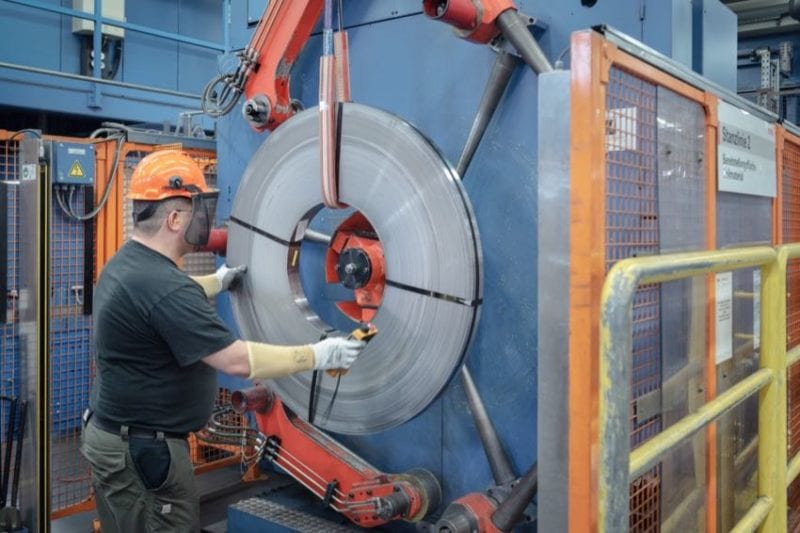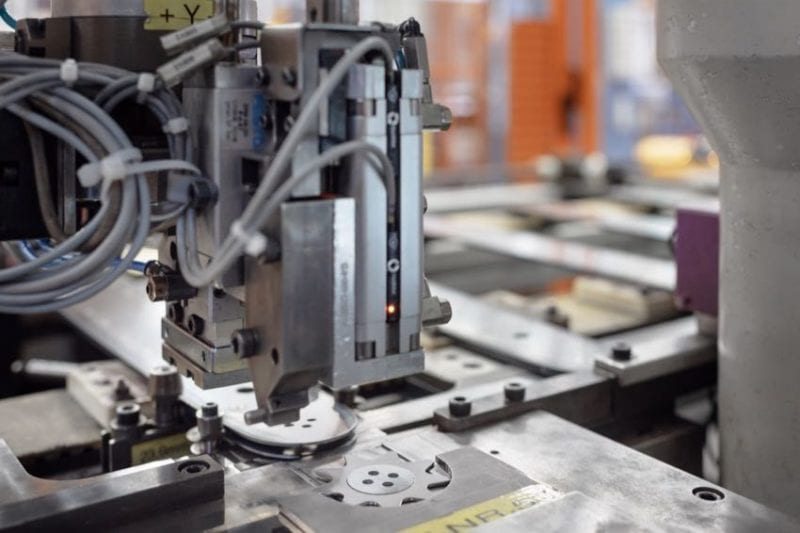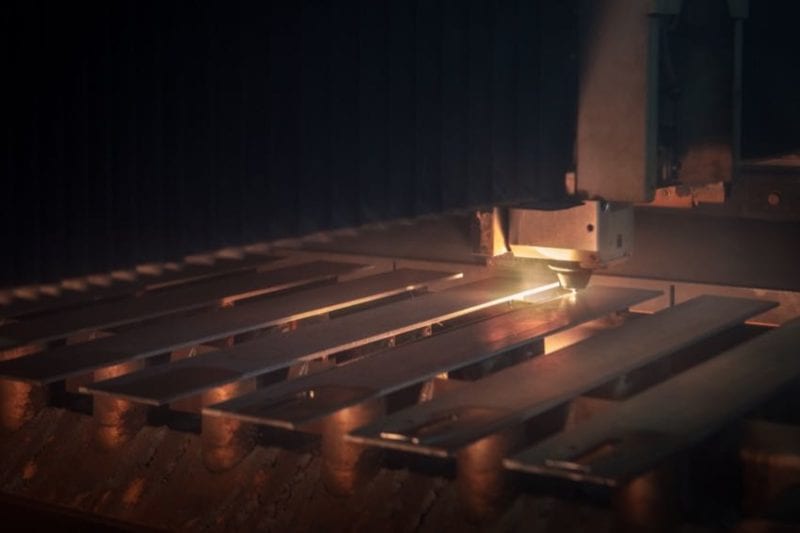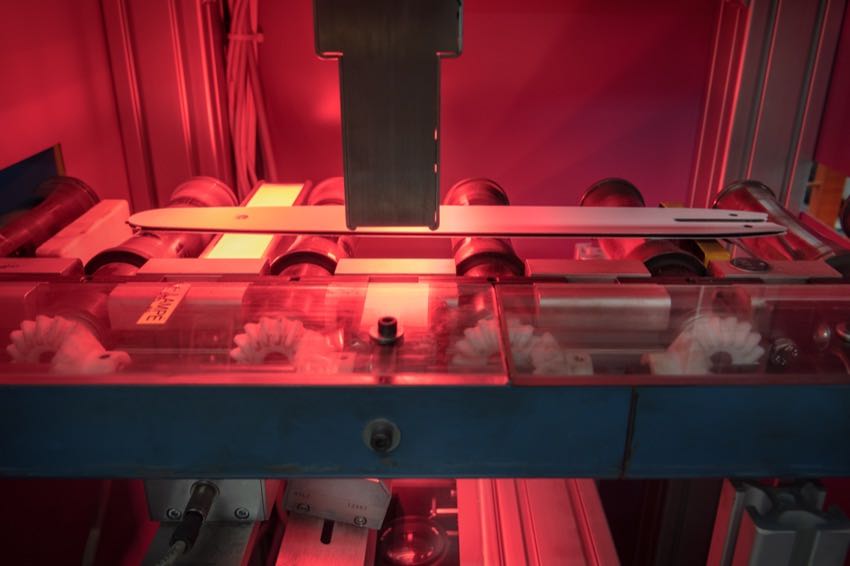If you’ve ever wondered how steel chainsaw guide bars are made, we’ve got you covered. What looks so simple actually involves a significant process of engineering and manufacturing. A recent visit to the Stihl Plant 2 in Waiblingen-Neustadt, Germany gave us an up-close-and-personal look at how they make these.
Factory Overview
About 80 people work in this department making steel Stihl chainsaw bars. Stihl actually uses two different types of guide bars depending on the saw. They have a 3-part guide bar with a sprocket nose for smaller saws and a more stable solid guide bar that works for heavier duty applications. Stihl installs the solid bars in their professional-use saws. Or, you can look at it this way:
Three-part Chainsaw Bar with Sprocket Nose Features
- Low weight
- Lower risk of kickback
- Higher cutting performance
Solid Chainsaw Bar
- Sturdy, for tough applications
- Long service life
3-Part Guide Bar Production
In learning how steel chainsaw guide bars are made, we started with the 3-part guide bar process. First, a roll of stainless steel supplies the material for the guide bar. That steel feeds directly into a stamping press which cuts out each of the three parts (two external and one internal). Next, they electro-weld the layers together.
“Electro-welded” sounds like a simple term. In actuality, they have to properly align three pieces of steel. They next go into a welding press. The press applies as much as 20 tons of pressure. It’s at that point they get welded together by means of electrodes. But the process needs one more step. Without precise cooling, the bars would warp. A controlled cooling process keeps the bars straight and even following the welding process.

Stihl automates much of the process. You may, in fact, wonder what exactly the factory workers do. The factory operators’ role deals with changeover processes, quality control, maintenance, and similar duties. Stihl’s people maintain the various chainsaw bar-making machines and keep them running.
Continuing the 3-piece steel chainsaw guide bar manufacturing process, the guide bars also go through an induction-hardening process. That needs to happen before they can insert the appropriate sprocket nose.

An automated machine literally widens the nose and inserts the race-bearing-filled sprocket. It then places a guide piece on top which it fills with rivets. The machine then stamps the rivets into place, locking everything together.
Solid Chainsaw Bar Production
The solid chainsaw bar production begins with a solid bar of steel. The machine laser cuts the steel to the desired basic shape. That includes the outer contour, bores, and elongated hole. Looking at the process, the laser makes very little waste in the cut, and Stihl even reclaims the leftover steel.

Laser welding occurs next which places a Stellite, or cobalt-chromium alloy, onto the nose of the solid bar to make it more durable against wear. After this, a giant belt sander hits the front end to grind it smooth. Afterward, it brushes it clean.
Following this, a high-speed CBN grinding wheel cuts in the side channels.
Painting the Chain Saw Bars
The last step with how steel chain saw guide bars are made has to do with painting the chain saw guide bar. The painting process is fully automatic. It applies a thin coating of water-based paint without any significant overspray before it goes into the drying process. How thin? The thickness of the dry layer sits between 0.025 and 0.030 millimeters.
Before considering the bar complete and the process finished, a digital inspection system checks for any imperfections. The final manufacturing step has Stihl applying logos and final branding before final packaging and distribution.
Conclusion of How Steel Chain Saw Guide Bars are Made
Seeing how steel chain saw guide bars are made revealed a largely automated process that leaves little room for error. Stihl has perfected the process. It’s certainly unique since Stihl is one of two major guide bar manufacturers. Instead of grabbing a third-party manufactured bar, the company can customize and design that integral piece of the chainsaw to meet their needs.
For more information, please visit the Stihl website.



